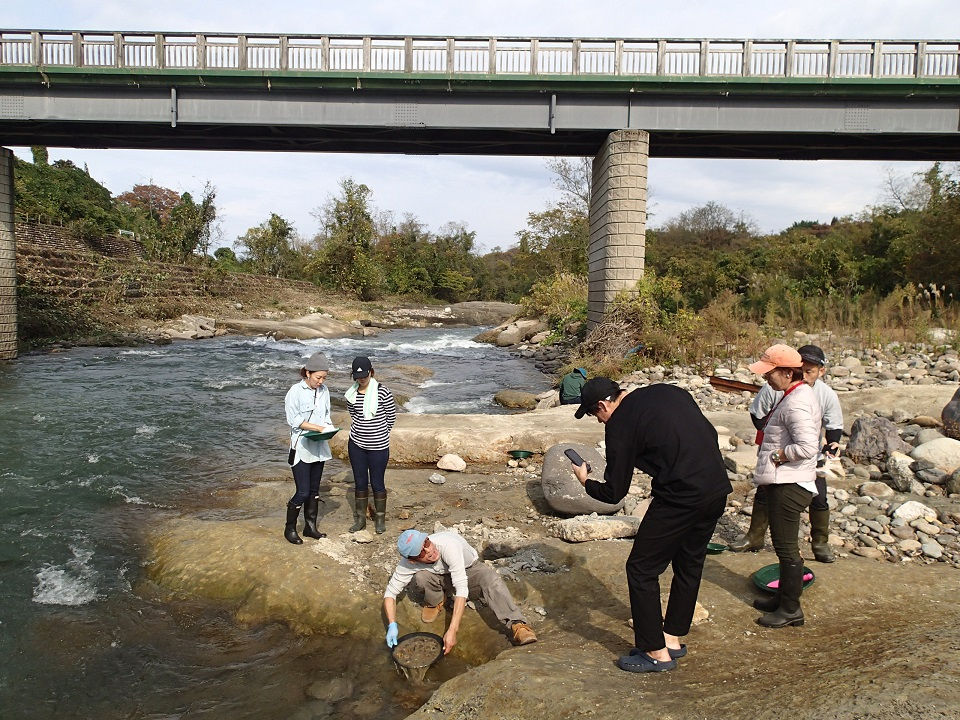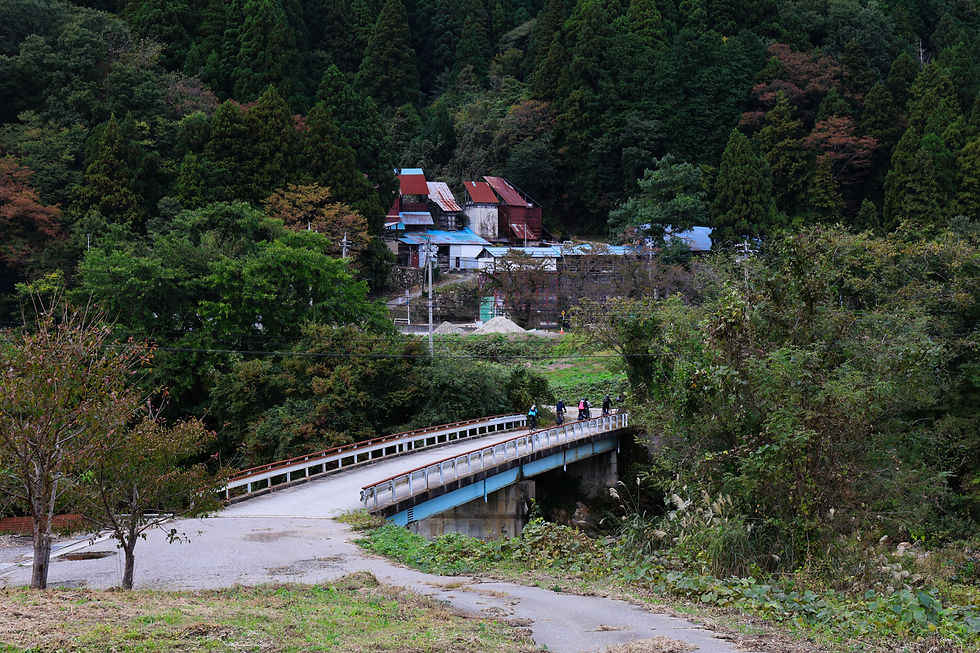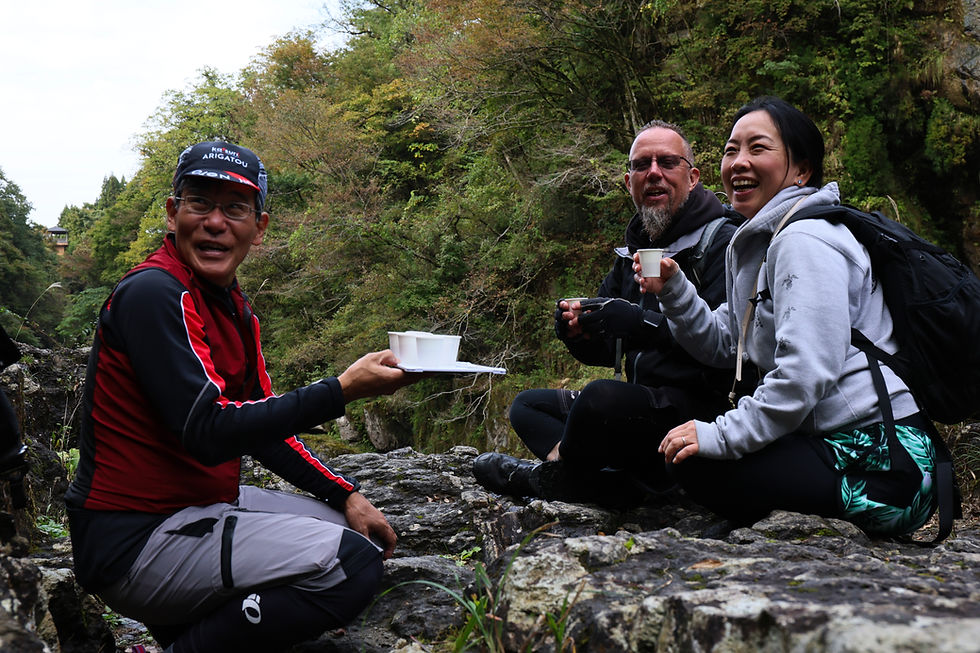Kanazawa Nature Experiences: Discover the Wild Side of Japan’s Cultural City
- In Kanazawa House

- Aug 11
- 3 min read

■ Table of Contents
1. Introduction: Nature Beyond Kanazawa’s City Streets
Kanazawa is known worldwide for its samurai history, geisha districts, and traditional crafts. Yet, beyond its historic streets lies a wealth of nature waiting to be explored. From riverside cycling paths and forested hills to seasonal gardens and mountain day trips, the Kanazawa nature experience is a perfect complement to its cultural treasures.
For travelers from Europe, Australia, and North America, Kanazawa offers a rare balance: vibrant urban culture paired with accessible, pristine landscapes.

2. Why Choose Kanazawa for Nature Experiences?
Kanazawa’s location on the Sea of Japan coast, at the foot of the Hakusan mountain range, makes it a hub for diverse ecosystems and outdoor activities. You can:
Start your day in a tea house and end it on a mountain trail.
Cycle from samurai neighborhoods to rice paddies in under 30 minutes.
Enjoy four distinct seasons: cherry blossoms, lush summer greens, autumn foliage, and snowy winters.
Unlike Japan’s major cities, nature here feels close and intertwined with daily life.

3. Top Outdoor Activities in Kanazawa
Kanazawa cycling: Ride through the city and into the countryside along well-maintained paths.
Walking tours: Explore riverside promenades like the Asanogawa and Sai River banks.
Hiking: Trails around Mt. Utatsu or in the nearby Hakusan foothills.
Kayaking & fishing: Seasonal activities in the Sai and Tedori rivers.
Photography tours: Capture seasonal beauty from lotus ponds to snowy parks.

4. Cycling Adventures: From City to Countryside
Cycling is one of the best ways to connect culture and nature in Kanazawa. You might:
Start in Kenrokuen Garden, then cycle to the Saigawa Cycling Road, lined with cherry blossoms in spring.
Cross to the Asanogawa River, passing the Higashi Chaya geisha district before heading to rural landscapes.
Continue towards Tsurugi or even Hakusan Geopark for a full-day ride that blends city views, rivers, and mountains.
With e-bikes widely available, Kanazawa cycling is accessible to all fitness levels.

5. Rivers, Parks, and Gardens
Kanazawa’s rivers are more than scenic—they’re a way of life. Locals jog, picnic, and fish along their banks.
Sai River: Known for recreational paths and cherry trees.
Asano River: Passes through historic districts with riverside cafes.
Kenrokuen Garden: A year-round botanical masterpiece with seasonal flowers, ponds, and tea houses.
Kanazawa Castle Park: Open spaces ideal for leisurely walks.
These green spaces make the city feel open and inviting, even during busy tourist seasons.

6.Mountain Escapes Around Kanazawa
For a deeper Kanazawa nature experience, venture into the mountains:
Iozen: just 30 minutes from downtown Kanazawa, Mount Iozen rises along the border between Ishikawa and Toyama prefectures. Known locally as a place of spiritual energy, Iozen offers hiking trails, forest walks, and mountain streams that provide a refreshing escape from the city.
Mt. Utatsu: A quick hike with panoramic views of the city and coast.
Hakusan National Park: Day trips to waterfalls, alpine meadows, and sacred Mt. Hakusan.
Tedori Gorge: Stunning cliffs and turquoise waters, accessible by bike or bus.
In autumn, these areas explode with red and gold foliage—perfect for hiking or photography.

7. Practical Tips for Nature Lovers
Access: Many nature spots are walkable or reachable by bus, but cycling expands your range.
Best seasons: Spring and autumn are ideal for mild weather and vibrant scenery.
Gear: Comfortable shoes, sun protection, and layers for variable weather.
Language: Many signs are bilingual, but local guides can enhance your understanding.
Safety: Respect natural areas, stay on marked trails, and check seasonal conditions.

8. Sustainable Travel in Kanazawa
By choosing outdoor activities like Kanazawa cycling or hiking, you reduce your environmental impact while supporting local businesses—bike rental shops, rural cafes, and community-run guesthouses. Kanazawa’s tourism strategy increasingly promotes low-impact, culturally respectful travel.
9. Conclusion: Where Culture Meets Nature
Kanazawa offers a rare opportunity to enjoy Japan’s cultural sophistication alongside immersive nature experiences. Whether you’re cycling along the Sai River, hiking in Hakusan’s foothills, or sipping tea in a blooming garden, you’ll find the Kanazawa nature experience both inspiring and restorative.
For travelers seeking balance—between urban discovery and natural retreat—Kanazawa is the perfect destination.

